A system that integrates brain cells into a hybrid machine can carry out tasks such as voice recognition.
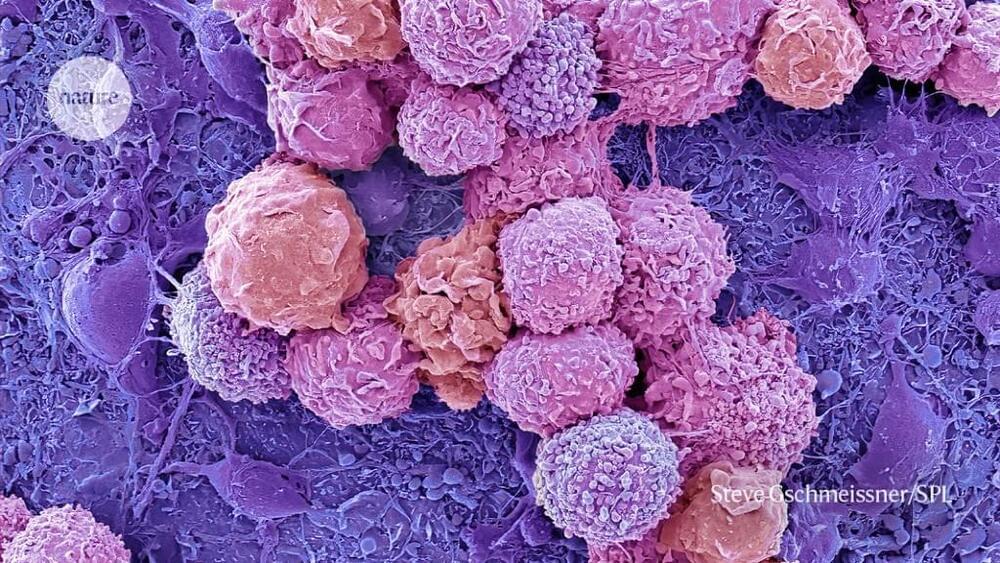

Sandy talks Cybertruck with 5 Tesla Execs! Lars Moravy: Head of Vehicle Engineering Franz von Holzhausen: Head of Design Drew Baglino: Head of Powertrain (battery + motors) and Energy Pete Bannon: Head of Low Voltage David Lau: Head of Software Munro Live is a YouTube channel that features Sandy Munro and other engineers from Munro & Associates.
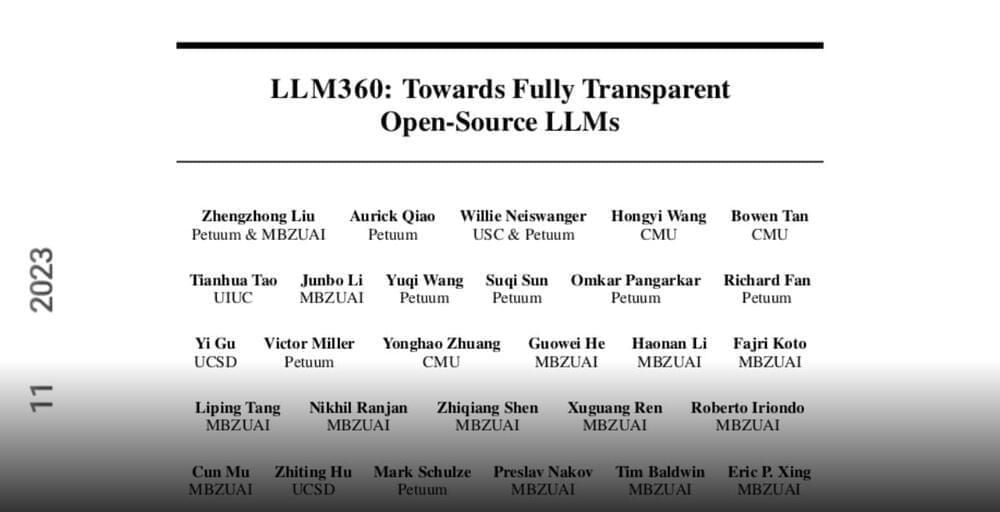

The prevailing scientific paradigm is that matter is primary and everything, including consciousness can be derived from the laws governing matter. Although the scientific explanation of consciousness on these lines has not been realized, in this view it is only a matter of time before consciousness will be explained through neurobiological activity in the brain, and nothing else. There is an alternative view that holds that it is fundamentally impossible to explain how subjectivity can arise solely out of material processes-“the hard problem of consciousness”-and instead consciousness should be regarded in itself as a primary force in nature. This view attempts to derive, for example, the laws of physics from models of consciousness, instead of the other way around. While as scientists we can understand and have an intuition for the first paradigm, it is very difficult to understand what “consciousness is primary” might mean since it has no intuitive scientific grounding. Here we show that worlds experienced through virtual reality (VR) are such that consciousness is a first order phenomenon. We discuss the Interface Theory of Perception which claims that in physical reality perceptions are not veridical and that we do not see the “truth” but that perception is based on evolutionary payoffs. We show that this theory may provide an accurate description of perception and consciousness within VR, and we put forward an experimental study that could throw light on this. We conclude that VR does offer an experimental frame that provides intuition with respect to the idea that “consciousness is first” and what this might mean regarding the perceived world. However, we do not draw any conclusions about the veracity of this notion with respect to physical reality or question the emergence of consciousness from brain function.
Keywords: consciousness; interface theory of perception; perception; presence; real vs. virtual; virtual reality.
Copyright © 2022 Slater and Sanchez-Vives.
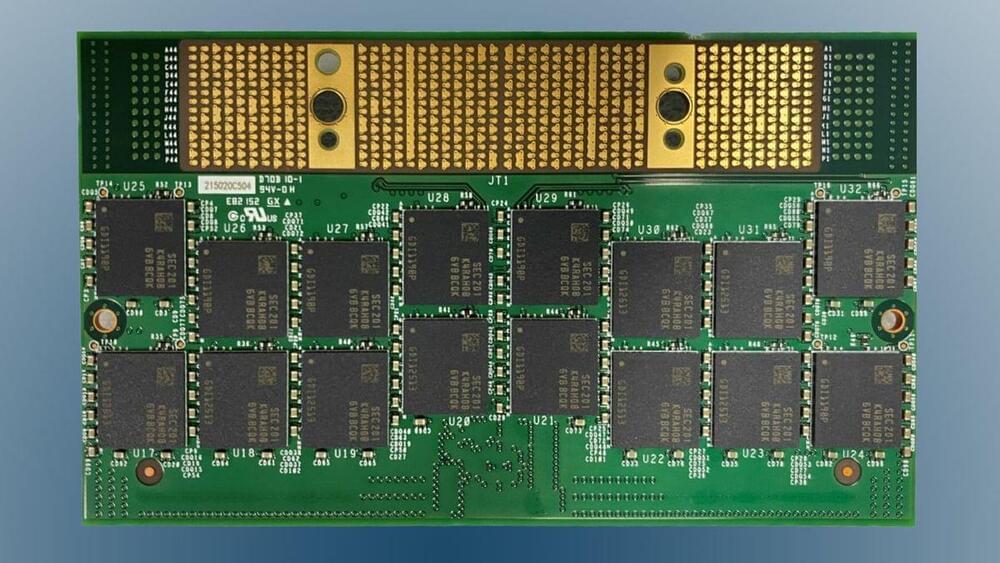
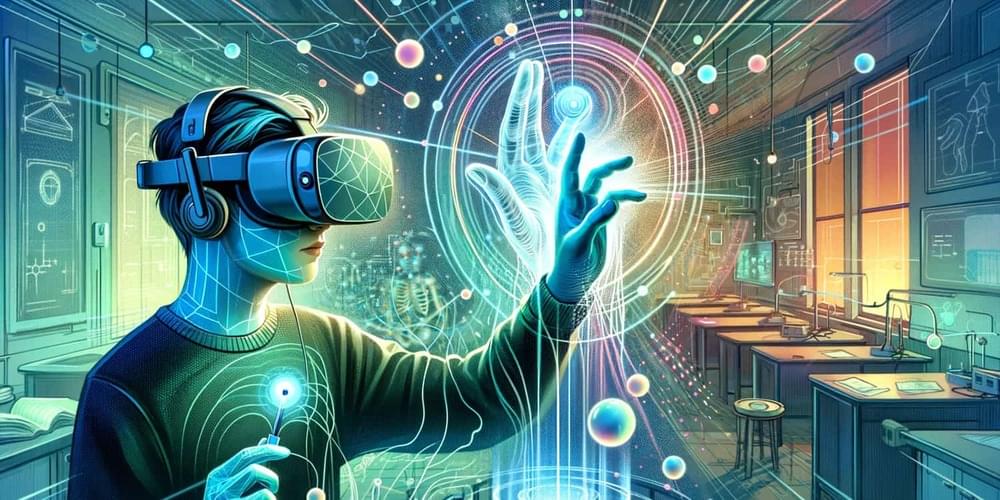
In a new study published in Scientific Reports, researchers have uncovered a phenomenon known as the “phantom touch illusion,” where individuals experience tactile sensations without actual physical contact in a virtual reality (VR) setting. This intriguing discovery raises questions about how the brain processes sensory information.
Previous research has shown that our nervous system can differentiate between self-generated touch and touch from external sources, a process often described as tactile gating. This ability helps us understand our interactions with the world around us.
When you perform an action that results in self-touch, your brain anticipates this contact. It knows that the sensation is a result of your own movement. Because of this anticipation, the brain ‘turns down the volume’ on the sensory response. Essentially, it partially “cancels” or gates out the sensation because it’s expected and self-generated. This is why you can’t effectively tickle yourself – your brain knows the touch is coming and reduces the response.
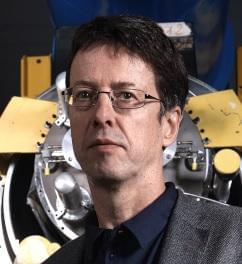
During their recent visit to CERN, Presidents Berset and Macron were given an introduction to the Laboratory by Fabiola. President Macron appeared to be really interested in the origins of the Universe, and explanations went way over time! The entourage were then whisked down to the LHC tunnel and through to the ATLAS cavern. It’s hard not be impressed, the LHC is the LHC and ATLAS is awe inspiring. What they didn’t see, however, was the near miraculous demonstration of technological prowess that underpins all of this. Taking a step back, it’s quite remarkable what we do here. One can weave a number of threads through the accelerator complex, from the chopper of Linac 4 to the PS RF system, the multi-cycling synchronisation of everything, the production of radioactive ion beams, the vacuum systems from ELENA to the LHC, the n_TOF target, stochastic cooling of antiprotons, the power converters, the magnets (from 1959 to 2023), beam instrumentation, the LHC transverse feedback system… and but wonder that it all comes together as well as it does. It’s worth reflecting on this, as we look back on another year in the life of an unparalleled collection of accelerators and facilities, a year that has been very good overall, although somewhat eventful for the LHC. Despite the sophisticated operations involved in producing the multiple beam configurations required for the down-stream machines, Linac4 maintained an impressive 98% availability, with stable running and optimal beam performance. The Proton Synchrotron Booster contributed significantly, as always, supplying beams to ISOLDE, HIE-ISOLDE and MEDICIS, as well as to the PS for the downstream users – all within tight user-dependent specifications. A large fraction of the protons at CERN are sent to ISOLDE, with 11.3e19 protons heading that way in 2023 and around 4.5e19 going on to the PS. To quote Erwin Siesling: “We (ISOLDE) had yet another very successful year, full of the usual issues and problems but with great physics results and lots of happy users!” The PS delivered beams to n_TOF, AD-ELENA, and the East Area experiments and irradiation facilities, which include CLOUD, CHARM, and IRRAD. The AD, back online since 30 July after repairs to a faulty quadrupole, compensated for the late start by extending their run to 12 November. Following optimisation, the AD achieved record intensity antiprotons for ELENA and the experiments. Throughout 2023, the SPS operated very well, with no major faults or prolonged downtimes while achieving an impressive transmission rate of about 95% to the North Area experiments with well optimised beam quality. Besides delivering beam to their regular users, work has continued in the Injectors on the high-intensity, high-brightness beams required by the HL-LHC (the primary mission of the LHC Injector Upgrade (LIU) during LS2). The injector teams have done a great job, with the LHC beams from PSB, PS and SPS meeting the LIU target beam parameters and even showing some margin to surpass the beam intensity and brightness required by HL-LHC. In the first part of the year, the LHC demonstrated outstanding luminosity performance, both peak and integrated. Operationally the teams have established impressive flexibility and sophisticated operational and system-level control. However, the excellent availability was punctuated by some singular faults – in particular, a helium leak into the insulation vacuum of the inner triplet assembly left of point 8 in the middle of July. This was a serious event, but reactivity was fantastic, and the leak repair and all that went with it were widely seen as a remarkable collaborative recovery. The adaptability of the cryogenics team was key to avoiding the need to warm up the adjacent sector. The leak, in an edge-welded bellows, was the result of a quench caused by an electrical disturbance on the grid. An availability analysis will be conducted at the Chamonix meeting in 2024 to address other potential non-conformities dating from construction. The prompt recovery enabled some special runs and the first LHC ion run in five years. Lead ions at the end of the year are always interesting, with preparation of the ion source, Linac3, and LEIR starting months before beam is sent to the PS and the downstream machines. Ions are principally destined for the North Area and the LHC. However, in the last two weeks of the four-week run, the PS provided lead ions to the East Area, where the CHIMERA facility irradiates electronics with high-energy heavy ions to study the effects of cosmic radiation on the electronics used in the CERN accelerators and experiments, as well as for space missions and avionics. In the SPS, the first operational use was made of a technique known as “momentum slip-stacking”, which involves injecting two batches of four lead-ion bunches separated by 100 nanoseconds to produce a single batch of eight lead-ion bunches separated by 50 nanoseconds, an impressive example of “RF gymnastics” and low-level RF control. In the LHC, the lead nuclei were colliding this year with an increased energy of 5.36 TeV per nucleon pair (compared to 5.02 TeV previously). A record number of bunches and high bunch intensities – thanks to the downstream machines – made for a challenging ion run. Again, with concerted effort and adaptability, the teams wrestled down the issues, delivered some record performance and paved the way for the rest of Run 3. As we look back on the year, we should bear in mind the phenomenal job that’s done in the exploitation of the complex. This is difficult stuff and it’s remarkable that it all works as well as it does. President Macron might not have seen it, but he surely sensed the spirit.

What if the fundamental “stuff” of the universe isn’t matter or energy, but information?
That’s the idea some theorists are pursuing as they search for ever-more elegant and concise descriptions of the laws that govern our universe. Could our universe, in all its richness and diversity, really be just a bunch of bits?
To understand the buzz over information, we have to start at the beginning: What is information?
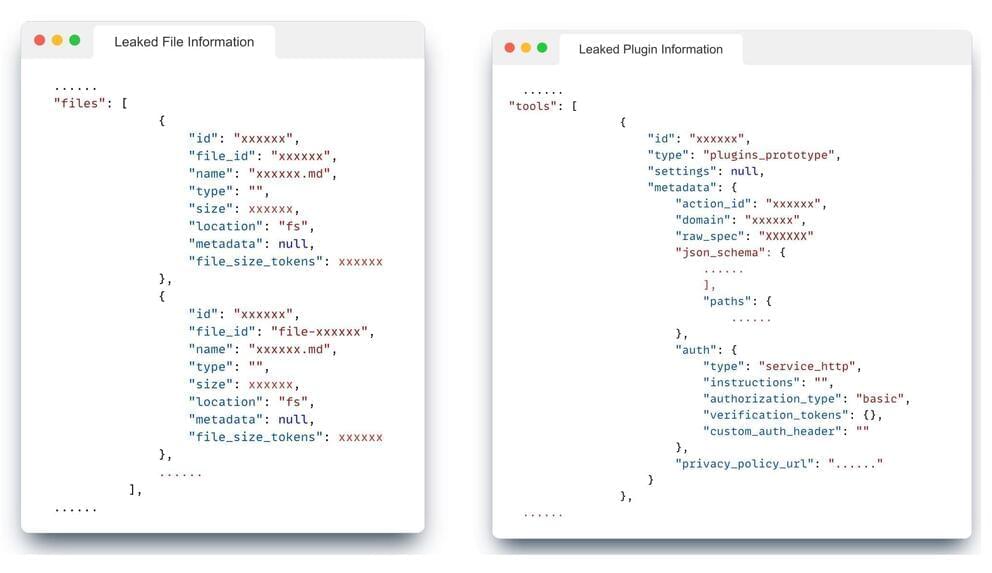
One month after OpenAI unveiled a program that allows users to easily create their own customized ChatGPT programs, a research team at Northwestern University is warning of a “significant security vulnerability” that could lead to leaked data.
In November, OpenAI announced ChatGPT subscribers could create custom GPTs as easily “as starting a conversation, giving it instructions and extra knowledge, and picking what it can do, like searching the web, making images or analyzing data.” They boasted of its simplicity and emphasized that no coding skills are required.
“This democratization of AI technology has fostered a community of builders, ranging from educators to enthusiasts, who contribute to the growing repository of specialized GPTs,” said Jiahao Yu, a second-year doctoral student at Northwestern specializing in secure machine learning. But, he cautioned, “the high utility of these custom GPTs, the instruction-following nature of these models presents new challenges in security.”
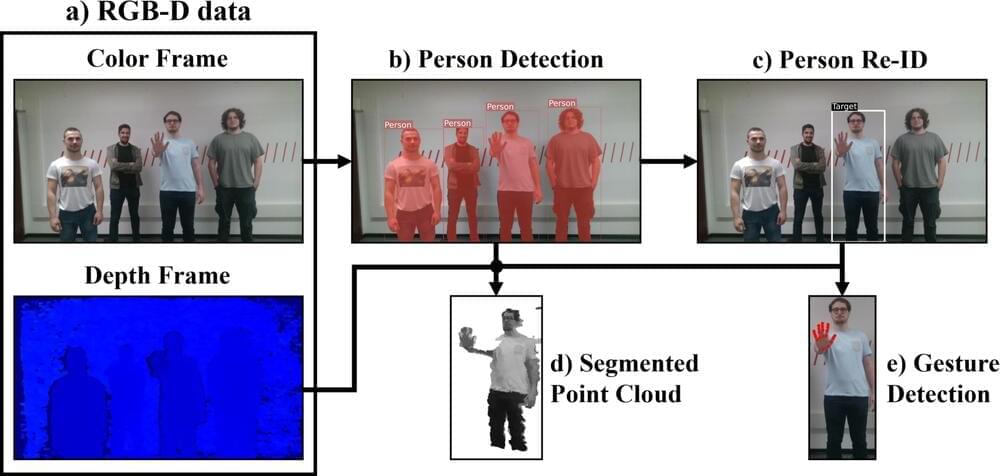
In recent years, roboticists and computer scientists have introduced various new computational tools that could improve interactions between robots and humans in real-world settings. The overreaching goal of these tools is to make robots more responsive and attuned to the users they are assisting, which could in turn facilitate their widespread adoption.
Researchers at Leonardo Labs and the Italian Institute of Technology (IIT) in Italy recently introduced a new computational framework that allows robots to recognize specific users and follow them around within a given environment. This framework, introduced in a paper published as part of the 2023 IEEE International Conference on Advanced Robotics and Its Social Impacts (ARSO), allows robots re-identify users in their surroundings, while also performing specific actions in response to hand gestures performed by the users.
“We aimed to create a ground-breaking demonstration to attract stakeholders to our laboratories,” Federico Rollo, one of the researchers who carried out the study, told Tech Xplore. “The Person-Following robot is a prevalent application found in many commercial mobile robots, especially in industrial environments or for assisting individuals. Typically, such algorithms use external Bluetooth or Wi-Fi emitters, which can interfere with other sensors and the user is required to carry.”